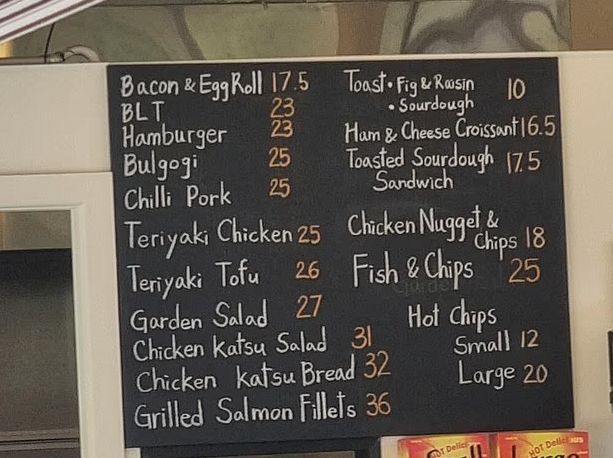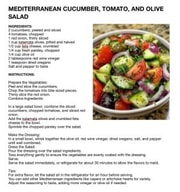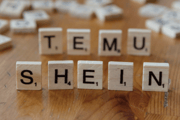
A Sunday morning post on social media left Australian breakfast lovers reeling.
The menu shared by a customer at Lane Cove National Park Café in Sydney’s lower north shore looked more like a luxury list than a humble breakfast selection.
Bacon and egg rolls were priced at $17.50—a figure that made many double-take.
The outrage was immediate.
What was once a simple, workingman’s breakfast now carried a price tag that rivalled a full sit-down meal.
The customer urged fellow Australians to find anywhere charging more, suggesting the café could hold a ‘world record’.
It wasn’t just the bacon and egg roll raising eyebrows.
A garden salad cost $27, a ham and cheese croissant went for $16.50, and even hot chips sparked fury—$12 for a small serve, $20 for a large.
Many noted the small price difference between portions seemed hardly justified.
'I had to do a double-take,' one customer said. '20 bucks for that size? Massive rip off.'
Economic pressures behind rising café prices
The café controversy reflects broader economic pressures.
Housing (+4.5%), food and non-alcoholic beverages (+3.0%), and alcohol and tobacco (+6.0%) were the largest contributors to annual inflation, according to the Australian Bureau of Statistics.
'The hospitality industry faces rising wages and labour shortages, which increases the operational expenses for cafes.'
Social media responses ranged from disbelief to weary acceptance.
'It’s honestly getting ridiculous at these cafes for mediocre food too,' one viewer wrote.
Another simply commented, 'The world’s gone mad.'
Rising costs and supply chain challenges
The pricing shock is not limited to one café.
Coffee prices in Australia are expected to keep climbing through the end of 2025 due to global and domestic pressures.
Rising wages, labour shortages, higher rent, and utility costs have forced many hospitality businesses to adjust their prices.
Australia's food inflation snapshot
Food and non-alcoholic beverages rose 1.0 per cent in the June 2025 quarter
Annual food costs increased 3.20 per cent in March 2025
Global supply chain challenges, including rising freight costs and port congestion, have further inflated ingredient prices.
Even alternative milks like oat, almond, and soy have added extra costs for cafés compared to regular dairy.
For seniors and households on fixed incomes, these price increases represent more than just sticker shock—they can make occasional dining outings a luxury rather than a treat.
Location premiums and customer strategies
Some defended the café’s pricing, pointing to its location in Lane Cove National Park.
National park venues have long charged location premiums, but these prices represented a steep jump even for such settings.
The café’s position creates a captive market, with visitors having few alternatives once inside the park.
Managing rising café costs
- Check prices before ordering—many cafés now display menus online
- Consider BYO food for park visits and day trips
- Look for suburban cafés away from premium locations
- Explore senior discount programs at local establishments
- Split larger meals or share items when dining with friends
Despite the outrage, some visitors highlighted that the café had provided enjoyable experiences in the past.
This suggests that while prices are high, value may still exist for special occasions.
Distinguishing between everyday dining and occasional treats can help manage budgets without missing out on quality experiences.
Looking ahead for diners
Australians’ growing price awareness may also encourage cafés to moderate extreme increases as feedback circulates online.
Inflation eased slightly to 2.1 per cent in the second quarter of 2025, though hospitality costs are expected to remain elevated due to structural shifts in labour and supply chains.
What This Means For You
Bacon and egg rolls at Lane Cove National Park Café reached $17.50, sparking social media outrage, while other menu items included $27 for a garden salad, $16.50 for a ham and cheese croissant, and $12–$20 for hot chips.
These price increases reflect broader trends in food inflation, rising wages, labour shortages, and supply chain pressures.
For everyday diners, this means that even a simple café visit can strain the budget, especially for those managing fixed incomes.
Planning dining outings strategically, checking menus online, and exploring alternatives to premium locations can help Australians maintain control over their spending while still enjoying occasional treats.
If the recent café price shock has left you questioning menu costs, there’s another story that explores a surprising trend in how cafés are presenting their prices.
Some establishments are now ditching price tags entirely, leaving customers to navigate menus in unexpected ways.
This piece offers insight into why cafés might be taking this approach and how it affects what you pay for your meal.
Read more: More cafes are ditching price tags—and the reason isn’t what you’d expect
Lane Cove Sydney café sparks outrage with $17.50 bacon and egg roll — Reports on the high prices at Lane Cove National Park Café and customer reactions on social media.
https://www.dailymail.co.uk/news/ar...tml?ns_mchannel=rss&ns_campaign=1490&ito=1490
Monthly Consumer Price Index Indicator, August 2025 | Australian Bureau of Statistics — Details the largest contributors to annual inflation, including housing, food, and alcohol and tobacco.
https://www.abs.gov.au/statistics/e...consumer-price-index-indicator/latest-release
Why are coffee prices rising in Australia in 2025 | Torrens University — Explains that coffee prices are expected to continue rising through 2025 due to global and domestic pressures.
https://www.torrens.edu.au/stories/blog/hospitality/why-are-coffee-prices-rising-in-australia
Why are coffee prices rising in Australia in 2025 | Torrens University — Highlights rising wages, labour shortages, higher rent, and utilities as factors pushing café prices up.
https://www.torrens.edu.au/stories/blog/hospitality/why-are-coffee-prices-rising-in-australia
Consumer Price Index, Australia, June Quarter 2025 | Australian Bureau of Statistics — Reports food and non-alcoholic beverages rose 1.0 per cent in the June 2025 quarter.
https://www.abs.gov.au/statistics/e...consumer-price-index-australia/latest-release
Australia Food Inflation — Provides data showing food costs increased 3.20 per cent in March 2025 compared to the previous year.
https://tradingeconomics.com/australia/food-inflation
Why are coffee prices rising in Australia in 2025 | Torrens University — Discusses global supply chain challenges, including increased freight costs and port congestion, inflating ingredient prices.
https://www.torrens.edu.au/stories/blog/hospitality/why-are-coffee-prices-rising-in-australia
Food inflation: The winners, the losers, and what comes next—MacroBusiness — Advises households to be strategic with spending as food and grocery costs claim a larger share of income.
https://www.macrobusiness.com.au/2025/03/food-inflation-the-winners-the-losers-and-what-comes-next/
Why are coffee prices rising in Australia in 2025 | Torrens University — Projects prices will remain high over the next few years due to climate-related risks and inflation.
https://www.torrens.edu.au/stories/blog/hospitality/why-are-coffee-prices-rising-in-australia
Australia Inflation Rate — Notes that inflation in Australia decreased to 2.1 per cent in the second quarter of 2025 from 2.4 per cent in the first quarter.
https://tradingeconomics.com/australia/inflation-cpi
What’s your experience with rising café prices—have you noticed similar hikes in your area, or found any establishments bucking the trend with reasonable pricing?







